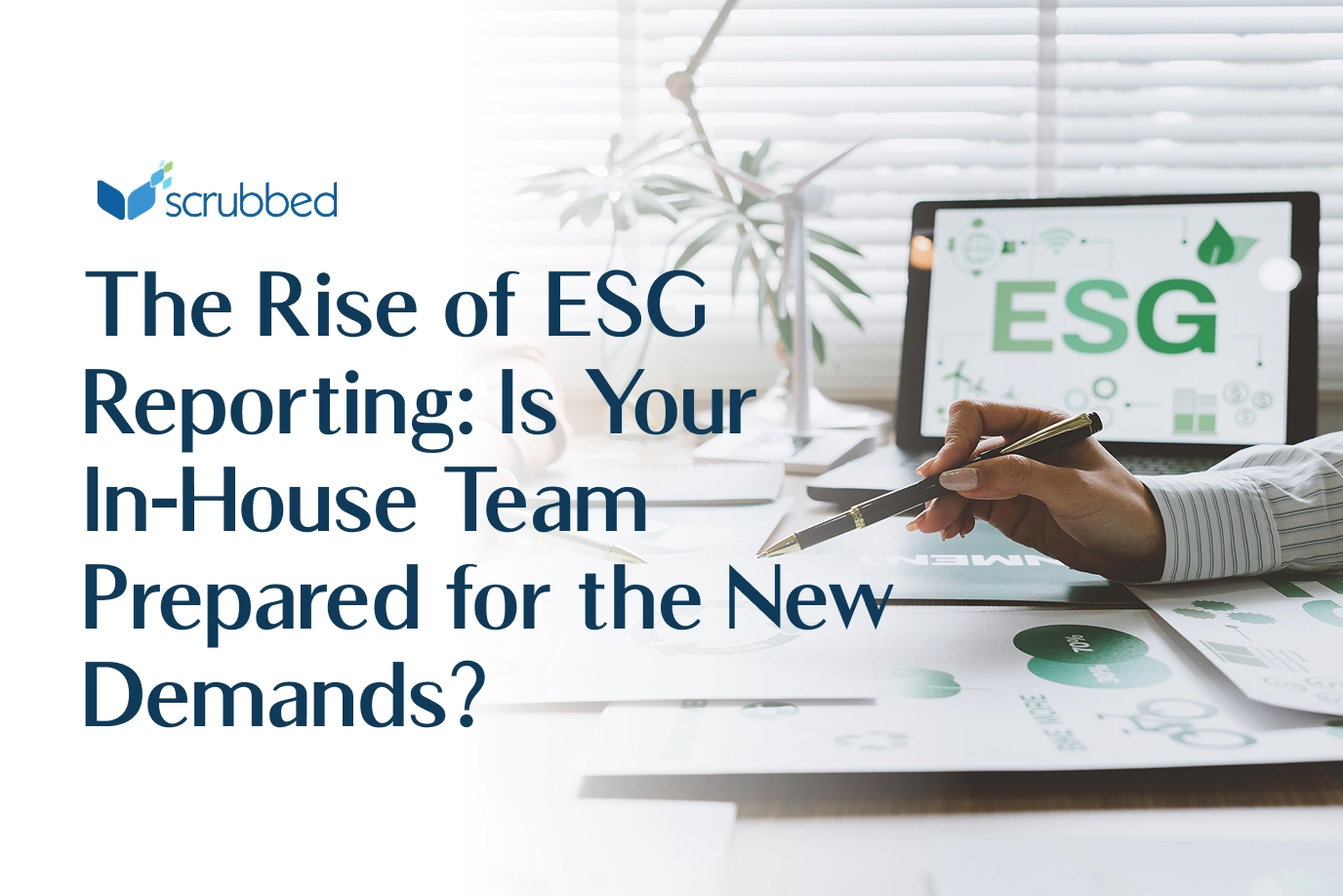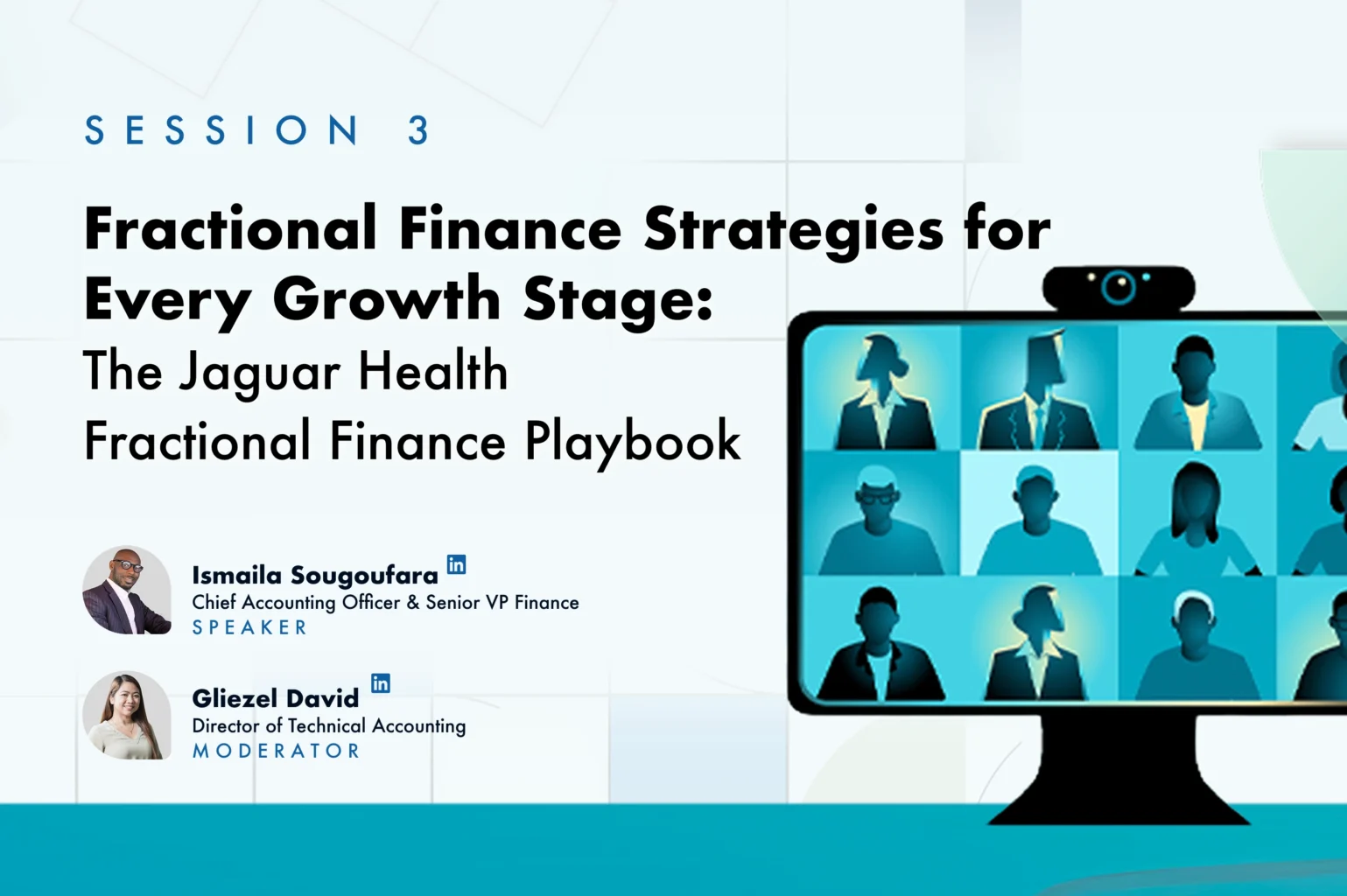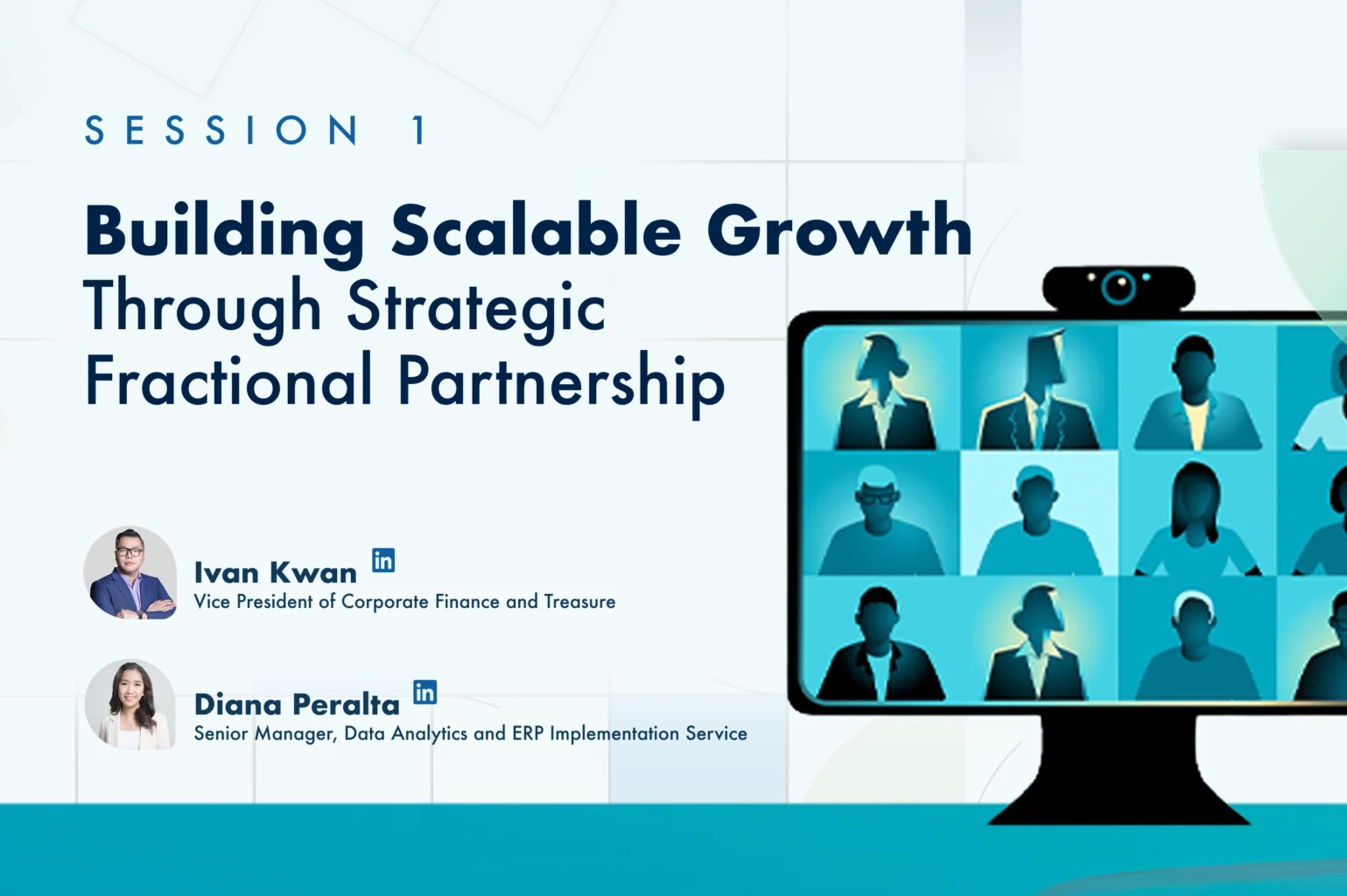A Special Purpose Acquisition Company (SPAC) is a non-complex publicly-traded company that aims to acquire a private company. Fueled by a sudden upsurge in these transactions in 2020, SPACs have become very popular and extensively leveraged by private companies and investors.
But as with all security offerings, the private entity, investors, and even the SPAC itself all face risks when listing a company through a SPAC. By understanding the challenges and risks of taking your business public through a SPAC, you can make the most informed decision about how to proceed.
How a SPAC Works
The purpose of a SPAC is to acquire a company by effecting a merger, or combination, with the potential to de-risk and shorten the initial public offering (IPO) process. If there is no successful acquisition by the end of its life, the SPAC is liquidated and the proceeds from its IPO returned to the shareholders. On the other hand, if the SPAC identifies a target company successfully, there is a mandatory shareholder vote or tender offer process to close the acquisition, commonly referred to as the de-SPAC transaction.

Structure and lifecycle of a SPAC
The SPAC market faces significant challenges on both the regulatory and marketing fronts, including pressure to complete a merger quickly while complying with US Securities and Exchange Commission (SEC) requirements. The SEC recently heightened its scrutiny over SPACs by proposing new rules to enhance investor protection, with additional disclosure requirements for SPACs and their target companies. These new rules aim to eliminate asymmetric information and involve a high level of enforcement activity to safeguard against misleading information and fraud through continuing SEC comments on SPAC filings.
SPAC Mergers vs Traditional IPOs: Benefits and Challenges
SPACs have gained traction in part because they offer several advantages over traditional IPOs.
• A SPAC is significantly faster to consummate, requiring only three to six months on average vs 12-18 months for a traditional IPO.
• A SPAC’s financial sponsors are experienced financial professionals who typically have worked in the industry longer than those who started through regular operating companies.
• A SPAC’s financial statements are shorter than an existing operating business that would undergo a traditional IPO, resulting in minimal SEC comments.
• A SPAC’s price negotiation is done before the transaction closes (whereas a traditional IPO price depends on market conditions at the time it’s listed), and that provides a major advantage in a volatile market.
Despite these advantages, going public through a SPAC merger still presents several challenges and risks.
• Difficulty finding a target: Searching for a target private company requires extensive due diligence, which could increase the competition among SPACs for high-quality targets.
• Lack of underwriting and comfort letter: Since a SPAC is already public, it has already prepared the required filings through its underwriter. But a SPAC’s target company may have to go through the process of preparing for these required filings, similar to the process of a traditional IPO.
• Lack of cash availability from potential redemption: A SPAC’S investors maintain the right to redeem their shares prior to the merger at a pre-defined pro rata price per share. If many more shareholders choose to redeem their shares than the SPAC expected and there is insufficient cash to cover those redemptions, the SPAC may be forced to raise private investment in public entity (PIPE) financing to fill the deficit.
• Changes and restatements: In 2021 the SEC released accounting reporting updates requiring SPACs to restate their financial statements, including provisions on accounting for warrants and Class A shares presentation and measurement following US GAAP. These changes will require SPACs to work with their technical accountants and auditors to navigate the best path toward a more appropriate accounting treatment and compliant financial statements.
• Rush deal and merger: A SPAC’s short lifespan (typically about two years) creates pressure to close a deal with a target to avoid liquidation, and that pressure can lead to insufficient due diligence. Investors may look at excessively positive financial projections, resulting in unprecedented investment loss. Getting proper support on due diligence and financial projection analysis is paramount.
• Compressed timeline for public company readiness: Although the initial formation and merger may be a relief, the target company needs to ready its business to operate as a public company in a short period. If the target doesn’t have strong operating financial controls, it may not be feasible to set them up quickly, given the focused effort it takes to ensure reporting accuracy and meet SEC requirements.
• Increased timeline and cost: The additional scrutiny and proposed new rules by the SEC are now making the process of going public through a SPAC merger more lengthy and costly.
Best Practices for SPACs and Target Private Entities
A best practices approach can help merger participants overcome these risks and challenges and execute a smooth and faithful deal. The following recommendations provide a good starting point.
Balance sponsor and investor interests
A successful deal must balance every stakeholder’s interests, including sponsors and investors. Sponsors expect returns in line with the risks they are taking and the expertise they bring, and their payments might be made through conditional share issuances. Independent valuation and merger experts can help protect investors’ interests and ensure due diligence is done appropriately and comprehensively per SEC requirements, while also supporting efforts related to risk and SOX compliance.
Develop complete and accurate disclosures
The SEC has pending guidance on disclosures that favor investors and financial institutions. SPACs should make faithful disclosures on all merger information, including disclosure of potential conflicts, the composition of its sponsors, and the expected cost from IPO until the completion of the de-SPAC transaction.
Prepare the target for de-SPAC requirements
Going public through a SPAC merger can provide better investment or financing opportunities for the SPAC and the target. However, the de-SPAC entity must have the proper controls in place from the entity level down to the transactional level, all operating effectively and meeting high standards. Engaging in diligent planning and involving experienced accounting and legal experts will ensure that all key processes, including financial reporting, are done according to the highest standards.
What it Means for Accounting and Financial Reporting
Even when a SPAC transaction can overcome these risks and challenges, a de-SPAC transaction will create accounting and financial reporting complexities. The following considerations should be top of mind for all parties involved.
● Know whether the SPAC is considered a business. As a shell company, a SPAC has no formal business operations and usually only has a sum of cash in its financials. Use caution in assessing whether the SPAC meets the definition provided by the accounting standards and the SEC.
● Identify the acquirer and acquiree. Usually this is straightforward, as the acquirer is the one transferring cash/other assets or issuing equity interests. However, the accounting acquirer and acquiree might differ from the legal acquirer and acquiree in certain cases, such as in a reverse acquisition or a reverse recapitalization.
● Know the applicable accounting standards and disclosures. Usually, the adoption timeline for new standards differs between public and private companies, with public companies adopting new standards a year or more in advance. The private company must be ready to assess the impact and adopt these required standards within the transition period of becoming a listed company.
● Be prepared to provide documentation requirements. Between the SPAC’s formation to the due diligence phase, and the SEC reporting requirements upon de-SPAC, a handful of documentation is required. This includes but is not limited to:
o Super 8-K and Form S-4 or proxy statement with figures and the prospectus
o Management’s discussion and analysis of the target company and the SPAC
o Pro forma financial information that includes the expected impact of SPAC transactions
o Registration statements that are due after the merger
o Target company’s annual audited financial statements and unaudited interim financial statements reviewed by auditors
o Other historical financial information of both parties
The target company should also be prepared to consolidate all the public company requirements related to internal control over financial reporting.
The Outlook for SPACs
The de-SPAC process is taking longer and is more onerous than ever, while the combination of additional SEC reporting requirements, rising interest rates, and increased market volatility have caused a recent decline in SPAC activity. However, that doesn’t mean the end for SPACs.
The SPAC market is evolving and may overcome these challenges in several ways. SPACs might find ways to work around new requirements to provide clarity to their stakeholders. The continued growth in private companies will bring new targets for SPACs to court, potentially creating the next wave of growth. In fact, SPACs seeking new targets have set their sights on several priority industries, including media, telecommunications, healthcare, and life sciences (based on SEC filing analytics).
How Can Scrubbed Help?
A SPAC and private company merger can offer significant growth opportunities, but it involves complex steps that require the expertise of accounting and finance professionals who understand the associated requirements. The Scrubbed Technical Accounting* Group has extensive experience helping companies participating in a SPAC merger achieve the best outcomes.
We assess IPO readiness, provide technical consultation on complicated accounting transactions involving SPACs, prepare accounting memos, provide audit support, prepare SEC forms reports including 10-Q/10-K, and help address SEC comment letters. Post-IPO, our team can help ease the burden and complexities of ongoing reporting requirements.
Are you planning to grow your business through a de-SPAC transaction? Contact Scrubbed to learn how we can efficiently and effectively assist you with your goals. Our outsourced accounting professionals and corporate finance advisory team are here to guide you through every step of the process.







